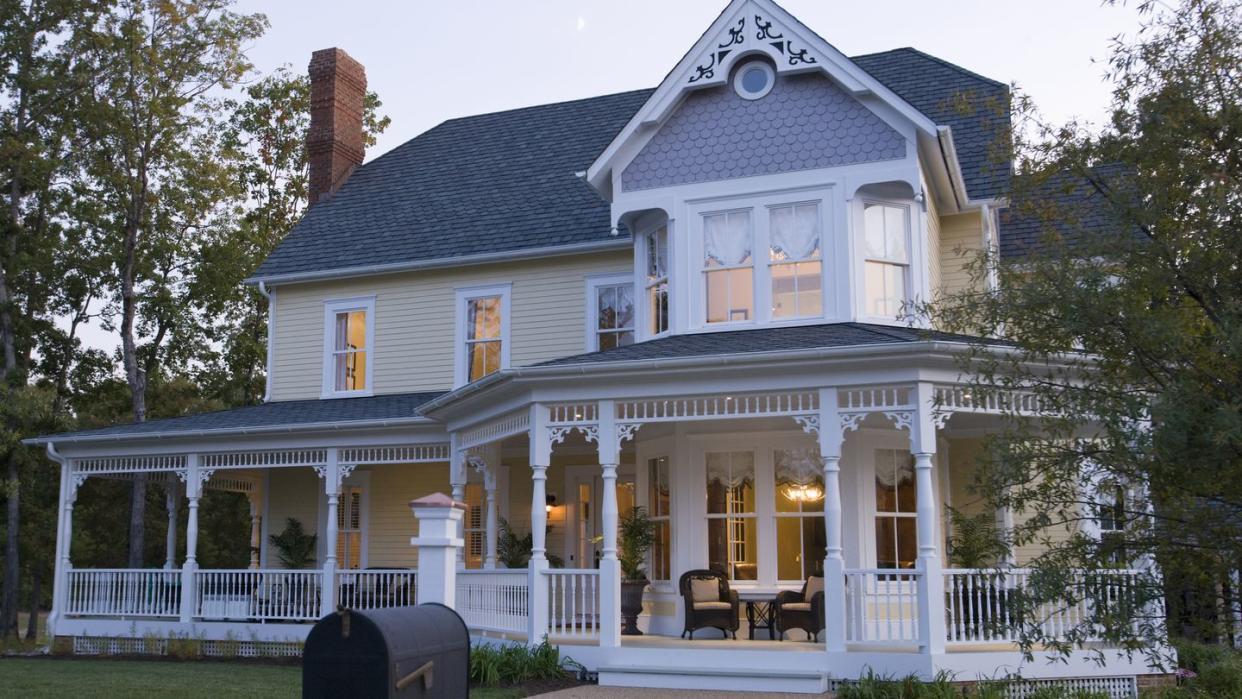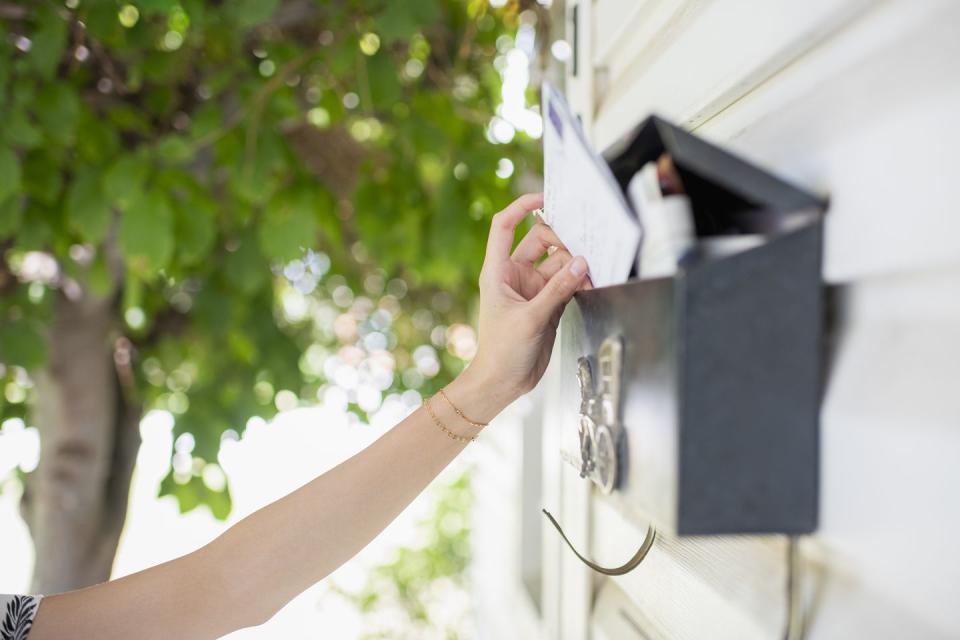This Is What Your ZIP Code Actually Means

It's very easy to chalk up certain facets of our lives to just being "the way it's always been." From daylight savings time to time zones, most of us don't even give a second thought to the meaning behind such rules and ways of operating, even though they impact (literally) every second of our daily lives. Another such example? Postal code meanings.
If your TikTok feed is anything like ours, you've probably been served up a hilariously retro (and surprisingly informative) video recently about the detailed meaning behind postal codes. Spoiler alert: The five digits that make up a crucial part of your postal address aren't just randomly assigned to each town in the United States! While TikTok University did a great job of providing introductory information on the history of the postal code, we decided to dive a bit deeper to bring you a detailed postal code history—and teach you how to interpret the five-number system for yourself.
What Is a Postal Code?
Postal codes are a series of numbers (and sometimes letters!) used by the United States Postal Service to direct and deliver mail around the country. There are generally two widely accepted versions of a postal code: a ZIP code and a ZIP + 4 code.
Established in 1963, ZIP codes are the most common and recognizable postal code used by the USPS. The ZIP stands for Zone Improvement Plan; the codes were invented to help the postal service automate mail sorting methods. (The fact that it's an acronym means that, yes, the ZIP in ZIP code should be capitalized.) ZIP codes consist of five numbers, each with its own individual meaning which helps your mail and packages end up in the right area of the country—and even the right local post office (more on that later!).
Similarly, ZIP + 4 codes allow postal service providers to get even more specific about the destination of your mail. Most frequently utilized in larger, more dense cities, ZIP + 4 codes can narrow down your mail delivery to a single city block or apartment building. Pretty amazing, right?
Beyond helping your mail and packages end up where you intended, postal codes also act as a social sciences tool, allowing academics to categorize geographical areas more easily and providing a simple way to analyze behavior and trends from a socioeconomic and psychological perspective.
Wondering how to find a ZIP code for a particular address or city and state? You can use the U.S. Postal Service's ZIP Code Lookup tool. It can also do a reverse lookup and tell you all the cities covered by a particular ZIP code.

Postal Code Meaning: How to Decipher the 5-Digit Number
The meaning behind postal codes is actually more intricate than you might assume. While some ZIP codes have taken on a life of their own in pop culture (90210, anyone?), they actually all have several layers of meaning that allow service providers to interpret and partially automate the organization and delivery of your mail.
The first number in a ZIP code corresponds to the state an address is located in, acting as the primary initial destination of a letter or package. They are broken down as follows:
0: Connecticut, Maine, Massachusetts, New Hampshire, New Jersey, Rhode Island, Vermont
1: Delaware, New York, Pennsylvania
2: Maryland, North Carolina, South Carolina, Washington, D.C., West Virginia, Virginia
3: Alabama, Florida, Georgia, Mississippi, Tennessee
4: Indiana, Kentucky, Michigan, Ohio
5: Iowa, Minnesota, Montana, North Dakota, South Dakota, Wisconsin
6: Illinois, Kansas, Missouri, Nebraska
7: Arkansas, Louisiana, Oklahoma, Texas
8: Arizona, Colorado, Idaho, Nevada, New Mexico, Utah, Wyoming
9: Alaska, California, Hawaii, Oregon, Washington
The next two digits in the sequence reflect the code of a central post office facility in the intended region, while the final two digits correspond to a smaller post office or postal zone even closer to the final address.
Need an example? We've got your back. In the zip code 06759, the first "0" stands for Connecticut, Maine, Massachusettes, New Hampshire, New Jersey, Rhode Island, or Vermont; the "67" stands for the Waterbury Sectional Center Facility; and the "59" stands for the corresponding Litchfield, Connecticut, delivery area associated with this address.
If the population in an area increases or if the postal service wants to improve service in an area, it does occasionally create a new ZIP code or change existing ZIP code boundaries. The more you know, right?
You Might Also Like

